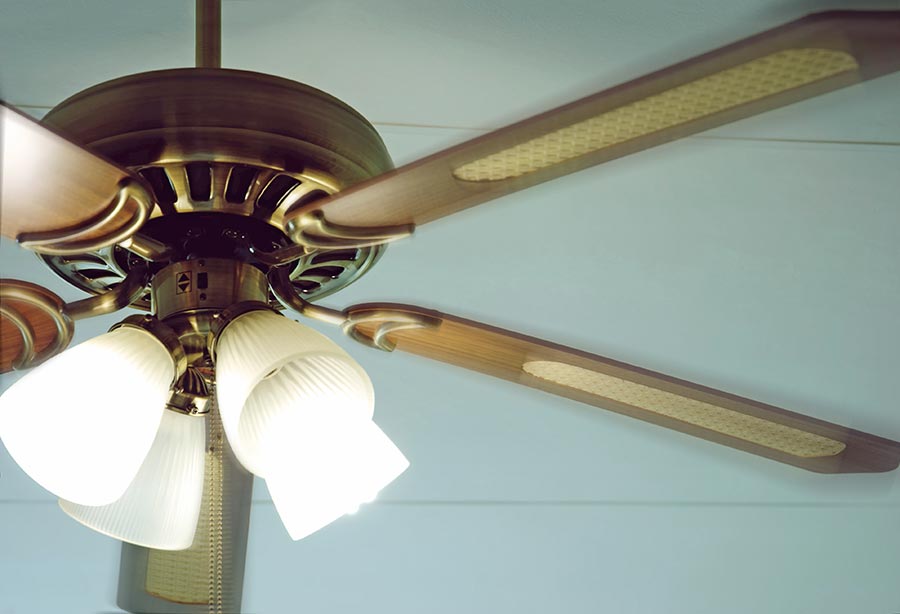
What are the Answers You Need to Know Before Buying a Fan?
Usually, there are two key elements to watch out for when buying a ceiling fan. The first one is that they need to be power-efficient, you do not want a significant bill many appreciations to the power-consuming characteristics, and the second is that they should last long.
There are likewise other important inquiries to ask before acquiring a ceiling fan. What are they? We’ll get to that in a second!
To get more info, please visit http://modernfanoutlet.com/
What is the tilt of the fan to seek while getting a ceiling fan?
The tilt of the blade is the angle made with the ceiling fan make horizontally. The higher the level of tilt, the tougher is the air movement. The optimum blade pitch for the fan for around 12 to 15 degrees. The angle makes plenty of distinction as the quantity of air that gets blown, as well as it should be a fragile balance. You don’t desire a winding passage or a soft wind. You want the rate to be ideal.
What is the number of blades should a fan have?
There isn’t any type of tested and tried information that the number of blades in a fan raises or reduces its power intake or speeds up high quality. So, you can opt for three-, four-, or five-blade fans as well. Many people pick the number of blades relying on what is visually pleasing. Amongst the most vital elements are CFM, as well as blade pitch.
What energy effectiveness should I seek prior to buying a ceiling fan?
Ceiling fans that come with an ENERGY STAR seal are 20% more efficient than others. Fan designs that consist of light are 60% more energy efficient than those without one.
Unexpected, isn’t it?
The average wattage you must lookout is 70 Watts. Anything fewer than that, as well as you will have an ineffective fan on your hands.
What is the recommended down-rod length for a fan?
Ceiling fans are hung from, well, the ceiling, of course! But what should be the length of the rod where they are hung? Here’s a harsh guide relying on the height of the space.
- For a room of height 15′, there must be a pole of 60″.
- If the room has a dimension of 14′, the pole size needs to be 48″.
- 36″ rod size is an ideal fit for a room of elevation 13′.
- 24″ rod length is an exceptional choice for an area of the height of 12′.
- An area of elevation 11′ must have a ceiling pole of length 18″.
- An area of height 10′ can have a pole of length 12″.
- Lastly, a location of elevation 9′ needs to have a pole size of 6″.
